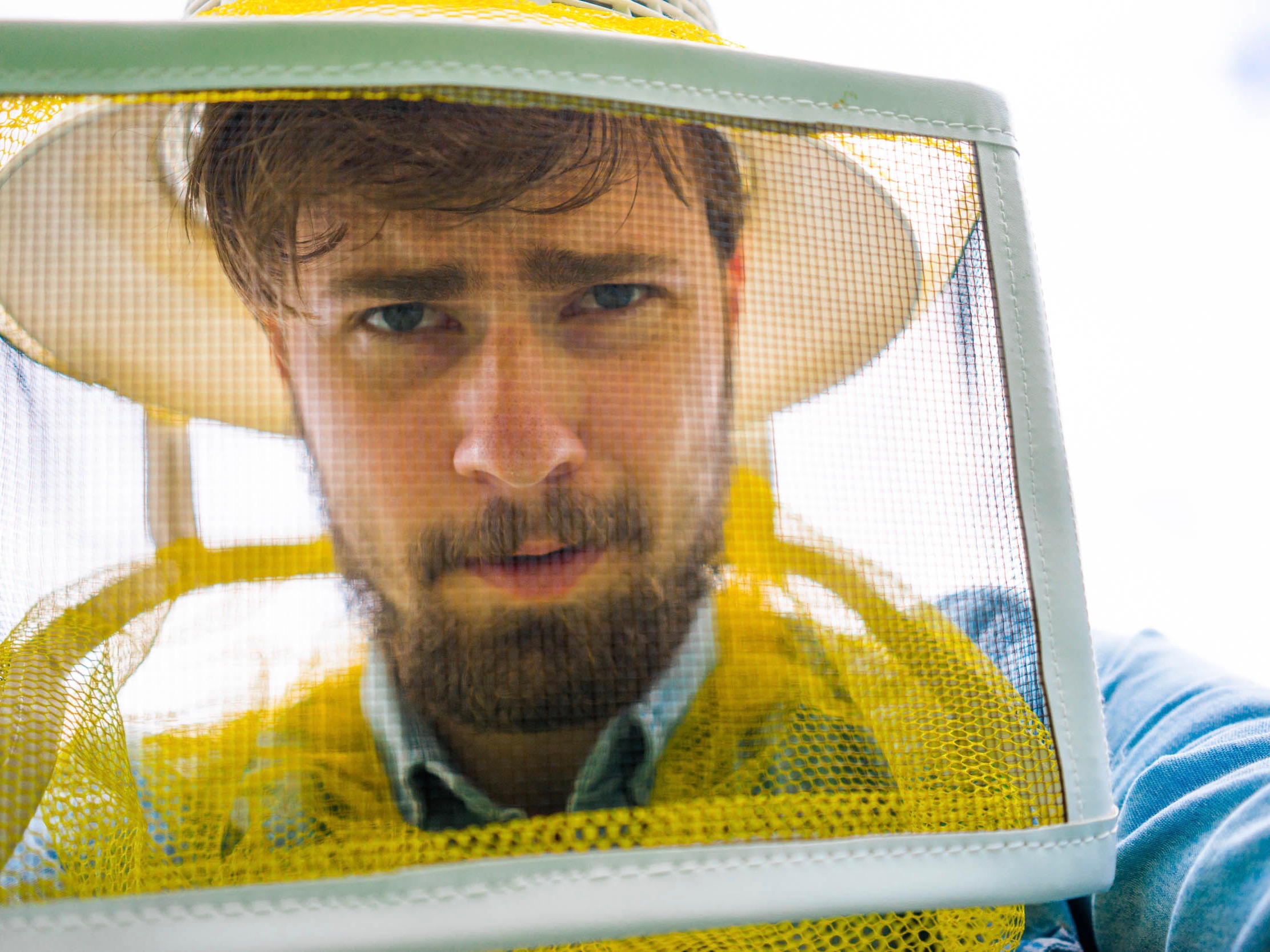First, you'll need to choose your hive. Then, you'll need some bees! Finally, there are a few tools that you’ll need to safely and effectively maintain your colonies.
Beekeeping toolkits are like fingerprints; every beekeeper’s bag will look a little bit different depending on hive set-ups, workflow, and philosophy. Based on your own experiences and experimentation, your toolkit will change - but here is a good jumping-off point!
Protective Gear
It pains me to admit this, but your very cute and very sweet bees will attempt to sting you occasionally. When they are successful, it’s going to feel like you’ve been cast into the fifth ring of hell for a few minutes. Please avoid all circles of hell by wearing appropriate protective gear. You can go with the full astronaut suit, but the hat and veil is the most important part. Bees have CO2 receptors that allow them to detect our exhalations, and some bees do respond aggressively to this by trying to sting the face. New beekeepers tend to prefer the peace of mind that the suits and jackets provide, but a hat & veil, heavy work jacket, and some thick denim jeans are generally sufficient. As far as gloves are concerned, experienced beekeepers do tend to forego the gloves to maximize maneuverability, but I recommend wearing them until you are comfortable and confident when moving through a hive.

Hive Tool
You will not get very far into a hive inspection without one of these. Propolis, the bee’s answer to super glue, is used to disinfect the hive, patch up holes and thwart the beekeeper’s attempt to move easily through the hive. Having a hive tool on hand is helpful for prying boxes apart, lifting frames up and cutting through burr comb, among other things. Tools made specifically for top bar and Warre hives have a long, L-shaped knife that is used to detach comb from the side of the hive, which is super important for ensuring that you don’t break the comb right off of the top bar!
Bee Brush
The bee brush is used to gently move bees from one place to the next. If you pull a comb up for inspection, you will need to clear the blanket of bees covering it up. If you need to set a box back on the hive, you will need to clear the bees from the edges of the lower box to avoid smashing the heck out of them. Brushing them away with your hand will result in the rolling and smashing of bees - it’s sad, don’t do it.
Smoker
The point of a smoker is to introduce small quantities of smoke into the hive environment. This confuses the bees by disrupting pheromone communication and triggers the instinct to gorge on honey, occupying the bees and making them a little sluggish. This has a calming effect on a frenzied hive, making it much easier to work with. That said, a smoker isn’t absolutely necessary. I rarely break out my smoker, but there are days when my bees are feeling a little spicy or I have to do something particularly intrusive in the hive. I’m thankful for my smoker on those days. Other than the smoker, you will need a lighter and some dry, organic material to use as fuel. I use wood chips.

Journal
It is a really wonderful idea to keep detailed records of each hive visit. It’s the best way to track progress and compare different seasons and years, and can also help diagnose hive issues. Whether they absconded, died or are just not doing well, you can look back and see what led up to the current problem. Because so much of beekeeping is learned by trial and error, recording your trials and errors is a good thing to do. Also, bee doodles.
Knowledge
Beekeeping is a dynamic and ever-changing experience! Considering all the environmental factors that affect your honeybees, and the fact that every honeybee colony is different, you can expect to see something different every time you get into a hive. In order to make appropriate management decisions, beekeepers must be flexible in their ability to figure out why bees are behaving a certain way, and how certain actions may impact their well being. Learn about how other beekeepers have found success, and develop your own personal beekeeping philosophy that works best for you and your bees.
Check out our Resources page for our favorite beekeeping books, articles, and videos and check out our Events page to find out about our upcoming workshops and classes!
There are loads of other fun tools that might make life a little more convenient, so if you’re a gadget person - stock up! But beekeeping is only as complicated as you make it. If you’re just getting started, stick to the basics! Add as you go, if you find that you want or need to.
———
If you are just getting started in beekeeping (or hoping to soon!), check out our online Beekeeping for Beginners course here! Our comprehensive beginning course is designed to equip you with everything you need to get started in beekeeping from the comfort of your own home.
